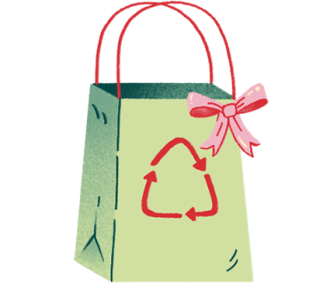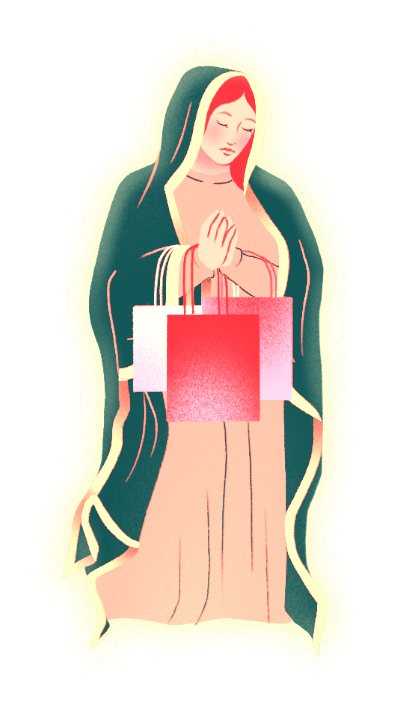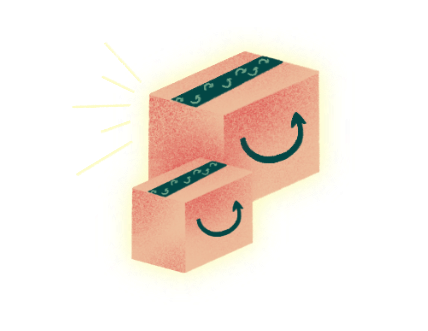When scientists say climate change will bring flooding, most people think of big coastal cities: New Orleans, New York, Newport News. They picture TV coverage of Hurricanes Katrina and Sandy, crashing waves and blown-away beaches.
But across the U.S., flooding is arguably the most universal climate menace, threatening more than low-lying coastal cities and sandy beaches. The danger comes from saturated Great Plains, overwhelmed Appalachian creeks, and washed-out wildfire-ravaged hillsides, and it defies all forms of struggling infrastructure. Nearly 15 million properties across the country are at substantial risk of flooding in the next 30 years. Flooding is also — in part due to the fact that it can happen anywhere — the most expensive natural disaster, racking up $100 billion in damages in 2021 alone.
We wanted to highlight the specific and varied challenges that inland communities face when it comes to flooding — and more importantly, how they’re taking on those challenges. We spoke with community leaders, government officials, and residents all across “flyover country” about how they’re shoring up against a wetter future. Their responses have been lightly edited for clarity and length.
Greenbrier County, West Virginia
“The flood is woven into the social fabric of these towns now.”
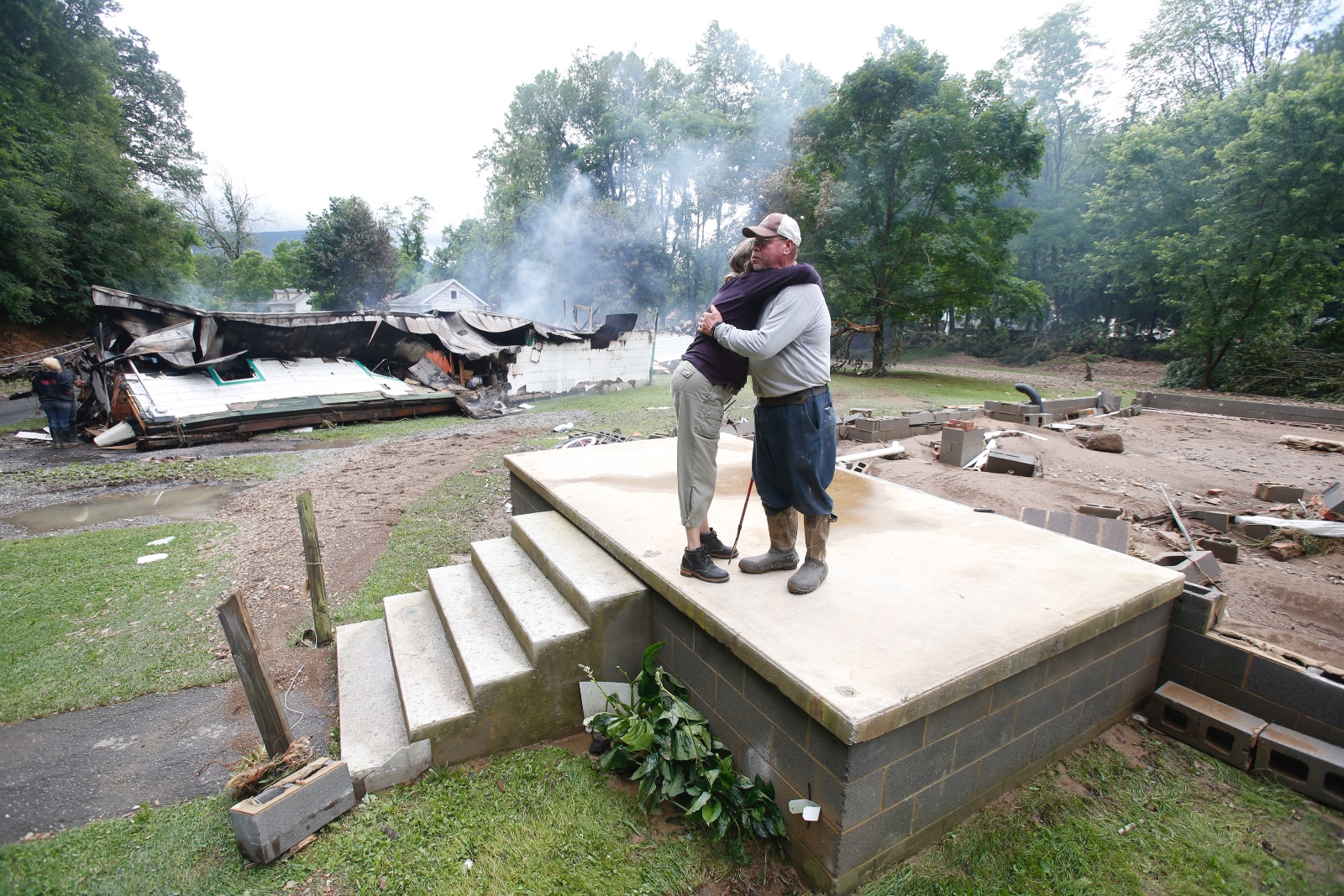
When a devastating “1,000-year flood” hit Greenbrier County, West Virginia, in June 2016, as much as 10 inches of rain fell in one hour. Hundreds of homes were destroyed and 15 lives lost. This area — like much of West Virginia – is made up of small, rural communities nestled at the bases of hills in narrow valleys, with lots of tributaries and creeks running through. The region’s geography makes it susceptible to extreme, intense flooding, but the likes of this particular event had not been seen in living memory, and it had lasting, traumatic effects. In fact, recovery from the 2016 flood continues to this day in some form all across southern and central West Virginia.
We spoke with two local experts and one researcher about how the community built itself back up with the help of its own long-standing organizations: Jamie Shinn, a geographer at West Virginia University who studies Greenbrier County’s flood recovery; David Lumsden, vice president of the community development organization the Meadow River Valley Association; and Dara Vance, an Americorps volunteer who works with Lumsden at the association.
Jamie Shinn: One thing that stands out is the toll that the flood has taken on people over time. Everyone has a story of the flood, it doesn’t matter who or what you’re talking about, but people tend to circle back to: Where were you in the flood? What was your response?
So I think the flood is woven into the social fabric of these towns now. People talk a lot about: “What happens now, every time it rains? Will it happen again?” They’re panicked. The weather alerts we get on our phones can be anxiety-producing, and they’re not always accurate, so they’re constantly having to navigate the post-trauma of what it was like to live through that flood. And the stories people tell are extremely harrowing: hosting 20 people in your hardware store and eating out of the vending machine, trapped in an attic for an entire day.
I learned a lot about how the federal government relies on these local and faith-based organizations, some of these groups set up in the communities for years. They were themselves rebuilding, and meanwhile coordinating volunteers. And several hundreds of homes have been built by these groups, been refurbished, and gotten new appliances.
Dara Vance: The faith-based organizations and nonprofits, they don’t arrive as the result of a flood. They are here, and they marshal their resources to respond to floods. But because West Virginia is a state that always needs help, and a home repair is happening all the time, there may be a repair going on that brings that home closer to surviving the next flood, just because someone needed their porch replaced, a new roof, a new wheelchair ramp. And then when there is a disaster, that kinda gets kicked into high gear. It’s a very interesting situation that this help is happening year round, and then in these events, even more help comes.
David Lumsden: My concern, having been a long-term recovery committee chairman, is that knowledge is perishable. As we get further and further away from the last disaster in Greenbrier County, and folks like myself age out, how is it that the community behind us, the younger folks, how do they retain the knowledge we’ve gained the hard way? At the end of the day, it’s maintaining the local network and partnerships that are so important.
Miami, Oklahoma
“The land that was given to the tribes in exchange for what they lost will be underwater.”

At the end of the 19th century, a lead and zinc mining boom in the northeast corner of Oklahoma gave birth to the town of Miami. The town thrived for several decades until the mine business dried up. But the abandoned chat piles (heaps of lead- and zinc-contaminated dust and rock left over from excavation) and resulting heavy metal pollution lingered long after. The Tar Creek watershed that surrounds the former mining sites and the adjacent communities was designated a Superfund site in 1983.
Today, Miami lies at the nexus of several compounding threats. The highly polluted Tar Creek floods into the town whenever its feeding tributary, the Neosho River, overflows its banks. The Neosho River itself is fed by the Grand Lake O’ the Cherokees, which is the subject of a request by the Oklahoma Grand River Dam Authority (the state agency that oversees the Grand River waterway) to have its water levels raised for both hydropower and recreation. Rebecca Jim, executive director of the Miami-based organization Local Environmental Action Demanded, or LEAD, and a member of the Cherokee Nation, explains how she is working to help the community protect itself and prepare for floods to come.
Rebecca Jim: This little corner of Oklahoma was the last piece of land available to a group of tribes that had lost theirs — it became a dumping ground for all of the remnant tribes. You’re gonna have Quapaw, Miami, Peorie, Ottawa, Shawnee, Modonk, Seneca-Cayuga. And so they were squeezed into the tiny little piece of the state, out of what was Indian territory, stacked up here together on the other side of the Neosho River.
So when flooding happens, and we’re expecting more flooding over time, more of the land that was given to the tribes in exchange for what they lost will be underwater. It won’t be all underwater all of the time, but a great deal of it will be, and not usable as they were promised.
The Grand Lake O’ the Cherokees is not as deep as it once was, because it is filling up with sediment from the Neosho River and also the creek. And the Grand River Dam Authority, with help from Oklahoma Senator Jim Inhofe, is asking for the ability to raise the lake level to accommodate people who want it deeper. So our senator put an amendment in the National Defense Authorization Act to allow that to happen. That will allow the lake to fill with water quicker and back up water more quickly into these communities that flood.
If the Federal Energy Regulatory Commission approves a further raising of the lake levels — which is in review right now — that’s a great concern to the community of Miami. And the city is fighting it with legal actions, and hoping they can save the town. At LEAD, we’ve been working with the Thriving Earth Exchange to develop a map that would illustrate how much flooding this community, and the whole county, experience. We also show how many of the mine waste piles are in the floodplain, and would be inundated with water that then continues to drain into the creek continually.
And in these periods where the Tar Creek spreads, it bleeds its sediment in yards and playgrounds and parks and gardens, and deposits those heavy metals. And with the lake level going up, and climate change, those metals will be spread even farther. We know that in this watershed, because of the metals that are deposited, that the wild plants are not edible. And so when you look at native people, and people that live off the land, they don’t gather the wild onions or strawberries or blackberries that might be in your face wanting to be picked. They don’t do that because they’ll be loaded with heavy metals.
If the lake level comes up, it deposits more lead on more land. But it’s also a Superfund site. And all of Ottawa County is eligible to have any residents’ land or yards checked for lead, and funding from the Environmental Protection Agency will pay for it to be removed. Some of what they’ve already cleaned up is in the flood zone, and so they may have to keep remediating some of these properties into the future.
We’re working with an organization called Buy-In. We’re going to do some surveys that we’ll complete by September. And we’ll interview people in the area, and then pull together a document from that, on how people feel about adaptation, how many that live in the flood areas would want a buyout, or would they want to stay there if there’s some things that they could do, or have done that would allow them to stay.
Cedar Rapids, Iowa
“We cleared land to allow the river to move and to remove people from harm’s way.”
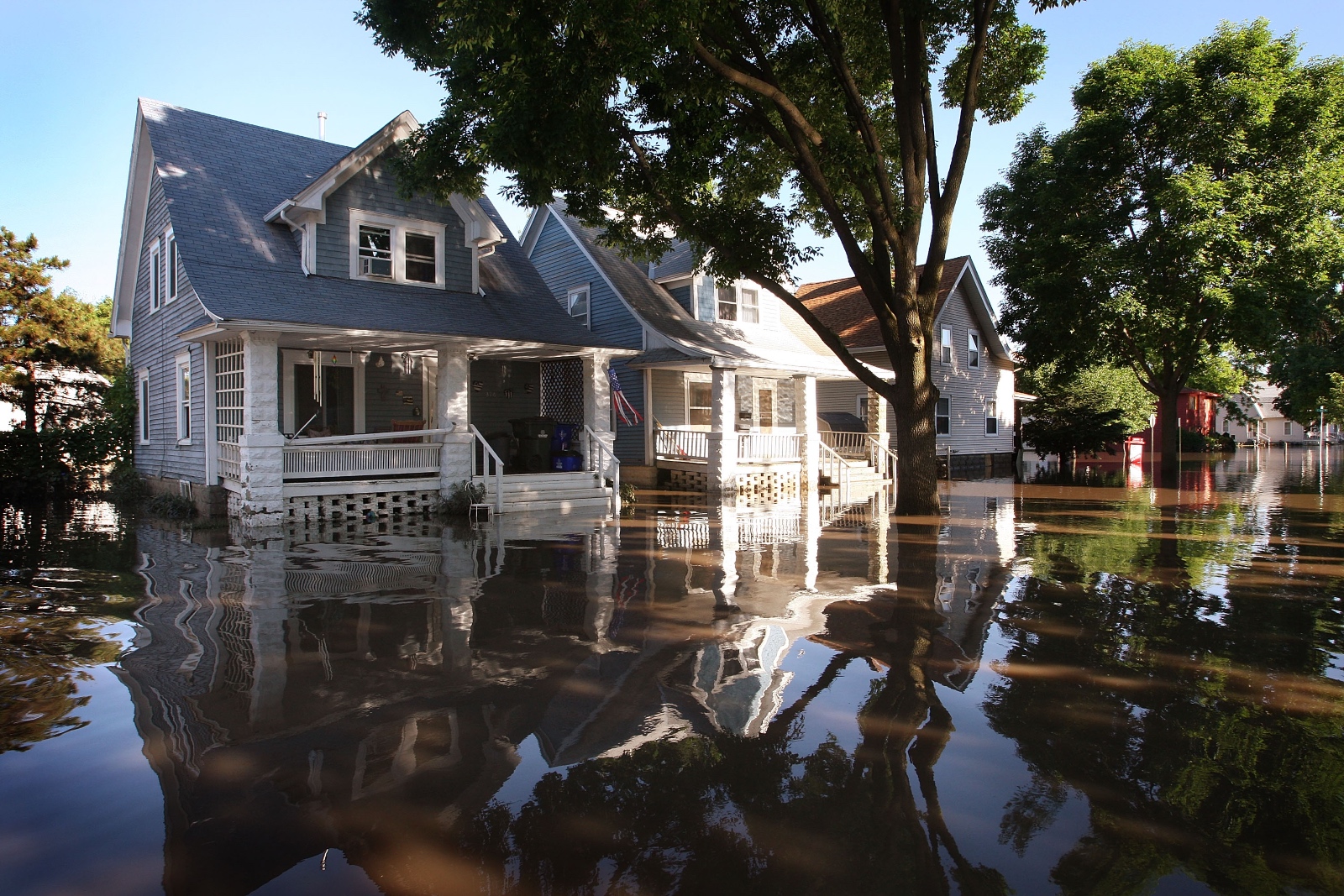
In June 2008, the city of Cedar Rapids experienced its most devastating flood in history. The Cedar River that runs through the center of the city rose to 31 feet, or? 19 feet above flood stage, following a perfect storm of spring weather conditions. Snow melt from a wet winter raised the river levels, and then huge amounts of rain filled the watershed.
After a week of downpours, 10,000 people had been evacuated from their homes, and all of the city’s downtown and economic center was inundated. The city hall, courthouse, and jail — on an island in the middle of the river — were submerged by several feet. Electricity was lost throughout the city for days, and water usage quotas were imposed due to power failures at the treatment plant. The Quaker Oats factory — at the time, the largest cereal factory in the world — was so badly flooded that it had to close for several weeks.
Sandi Fowler, deputy city manager of Cedar Rapids, explains how they rebuilt their downtown and the neighborhoods surrounding it — knowing that this wouldn’t be the last extreme flood they’d see.
Sandi Fowler: The flood affected about 10 percent of Cedar Rapids residents located in the core of downtown and then all of the core neighborhoods around it. And then in a buyout process with the government, we ended up purchasing 1400 structures. We cleared land to allow the river to move, and to remove people from harm’s way.
Right before this happened, we’d been working with the Army Corps of Engineers to study the river. We wanted to evaluate the hazard of the river flooding and how to protect against future flooding. We were very aggressive, we pre-funded some of those designs, we adopted an Army Corps Chief’s Report, all for millions of dollars. And then we immediately started working with them after the flood. By November of 2008 we’d engaged thousands of residents in the planning process: When it comes to river core redevelopment and neighborhood density, where do neighborhoods go and what do they look like?
When we were designing the flood system with the Army Corps of Engineers and the community, our goal was to take some of that land and give the river room to breathe. We can build taller walls, but knowing the climate is changing, we wanted to increase the volume and amount of space given to the river. And the flood system that now runs through downtown is transparent to the community but it blends into the landscape. On the west side of the river, there’s huge amounts of water coming into that basin that we’re now going to manage with a pump station.
Once we had the flood system drawn, that’s how we decided whether you could build back or not. If you were in the greenway, we wouldn’t allow you to rebuild. Those people were really sad; that’s a family home, they wanted to stay there. The construction zone was the swathe where we thought the footprint or the levy would go; you could build back, but with no public money because we were trying to disincentivize. In the neighborhood redevelopment area, we encouraged you to rebuild and gave as much money as needed to anyone who wanted to rebuild. We wanted those areas repopulated. That was where we expected neighborhoods to redevelop and thrive, based on the 500-year flood projections.
I’d encourage any city to do their planning now, so you know: These are the pinch points, the hazard areas that we should not continue to populate, and this is what we want our community to look like.
Three Forks, Montana
“New people coming in probably aren’t aware of the floodplain or what that means.”
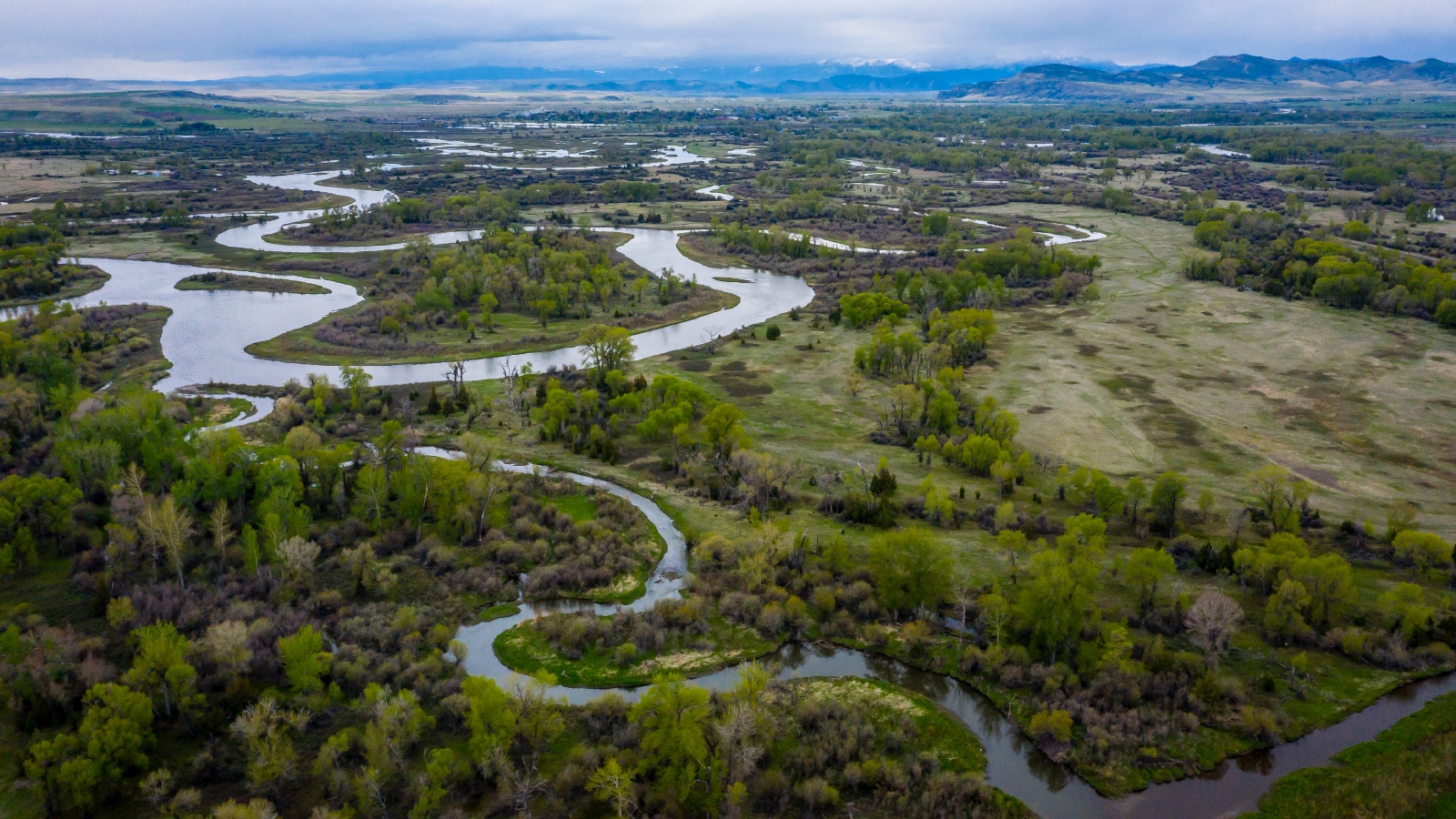
The town of Three Forks, population around 2,000, gets its name because it lies just south of where the Jefferson, Madison, and Gallatin Rivers converge to form the Missouri, the longest American river. In the mountain west, waterways are not only subject to flash flooding but also to ice jam flooding, where giant chunks of ice form a sort of dam on a tributary, backing up water over its riverbanks. After a wildfire tears through a forested region, the freshly bald mountainsides become a flood risk when rain pours down them and carries a torrent of water, dirt, and ash to the rivers and towns below.
The Montana Department of Natural Resources and Conservation has been working on new draft maps to more accurately show the flood risk across the state. These maps show a significant portion of Three Forks at risk of a 100-year flood. (The designation of 100-, 500-, or 1000-year flood, however, is increasingly problematic because climate change is increasing the frequency of extreme flooding.) Kelly Smith, floodplain administrator and deputy city clerk for the city of Three Forks, and Kristin Smith (no relation), program manager with the community development and land management research group Headwaters Economics, describe the work they have done to help the community of Three Forks prepare for floods to come.
Kelly Smith: They have better technology for mapping, as the years go on, and the engineers found that the Jefferson River would come out of its banks about two miles south of a bridge we have here. This new map puts most of the west side of our town into the floodway, which means no building. If your house floods or burns down you can rebuild, but you can’t enlarge it or build anything new. Coming up the Madison, it showed that we’d have greater flooding there also, raising the base flood levels by about 2 feet.
With climate change — it’s hard to predict, but if we do have drought conditions and then we get a big ice jam, the ground won’t be able to soak up the water, and the river could spill further over into town. But they’re modeling these maps on historical data, because no one knows what will happen in the future.
When we first found out about these new maps, the city council said doing nothing is not an option. That’s when we got help from Headwaters Economics and Great West Engineering. There’s some farmland a couple of miles outside of town where the engineers have found that they could build a shallow, wide channel to capture almost all of the quantity of water that would come in from the Jefferson River in a 100-year flood event. There are two landowners of this farmland that we’re working with — we don’t have anything signed yet, but they are being helpful. There could still be cattle grazing in the channels. The ground wouldn’t need to be unusable.
Two years ago we applied for a Federal Emergency Management Agency (FEMA) grant. We didn’t get any money — the coastline communities got all the money last year. We felt pretty defeated, because we put a lot of time and energy into it and Headwaters paid for the engineering. We got some pointers on how to reapply, and so we reapplied in December for two FEMA grants. One or the other would work. If we get that, the new maps go into the place, but we hope to get the channel in before a major flood would happen.
We sent notices and postcards to everyone who would be affected by the map. We’ve had newspaper articles, Facebook posts, website information — we’re trying to push this out because it will have a huge effect on people in the floodplain. But we have had very few in the community even contact us. So I’m concerned when the new maps become effective and people start being told about them by their mortgage companies, that’s when we’ll have the outcry, because I feel they’re not paying attention.
We have realtors from Bozeman listing houses in Three Forks, and I send messages to the realtors: This is in the floodplain, it’ll be in the floodway, make sure they disclose it. And they’re still not disclosing it! People have no idea they bought a house that is going to be remapped.
New people coming in probably aren’t aware of the floodplain or what that means. We have had a large number of people moving in because we’re cheaper than Bozeman, but it’s still the highest prices people have ever seen in Three Forks that I know of. With working online and COVID, you don’t have to be in an office anymore, so you can live in a rural area and not have to worry about getting to your job as much. And we have had a lot of longer term residents that have sold and left town, cashing out on high property prices.
Kristin Smith: In Three Forks, there’s significant flood risk but actually the community has not flooded seriously in a very long time. They’re not really worried because it hasn’t happened in living memory. But they are very concerned about keeping their community affordable, and of course the flood risk regulations. If they don’t figure out a solution, housing prices will go up. We often emphasize: This project has to occur, not only to reduce flood risk, but also to keep the community affordable.
People keep talking about the risk from a natural hazard or hazard point of view, and the problem isn’t the flood, the flood is natural. But the problem is the people impacted by it. In my work, I keep coming back to: “Why does this matter for the community?”
A lot of our climate adaptation is presented in terms of: “This is how it should be,” versus, “How can we meet communities where they’re at?” And that is a huge barrier for all of rural America.
This story was originally published by Grist with the headline How inland America is adapting to high water on Jun 8, 2022.
This post was originally published on Grist.

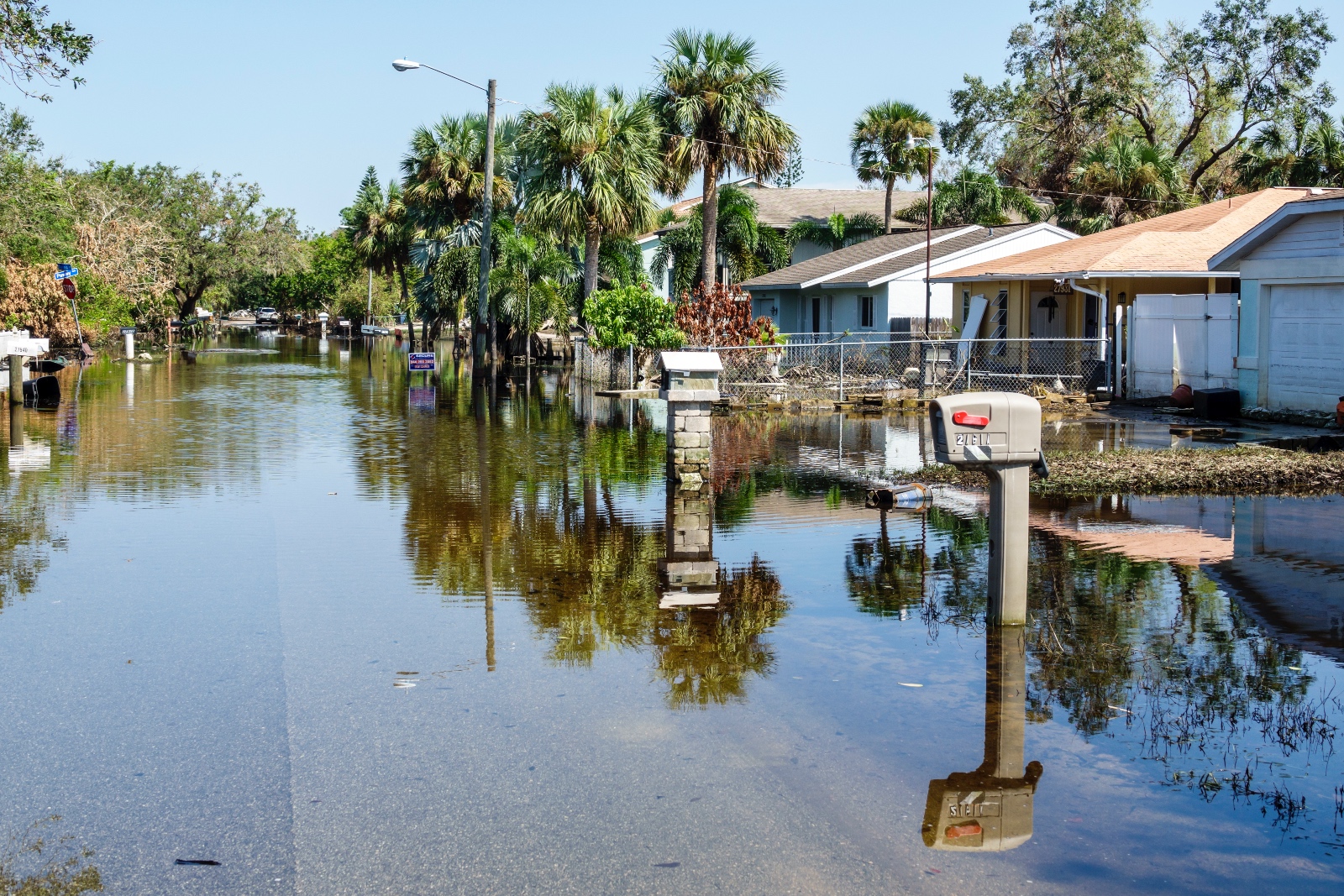


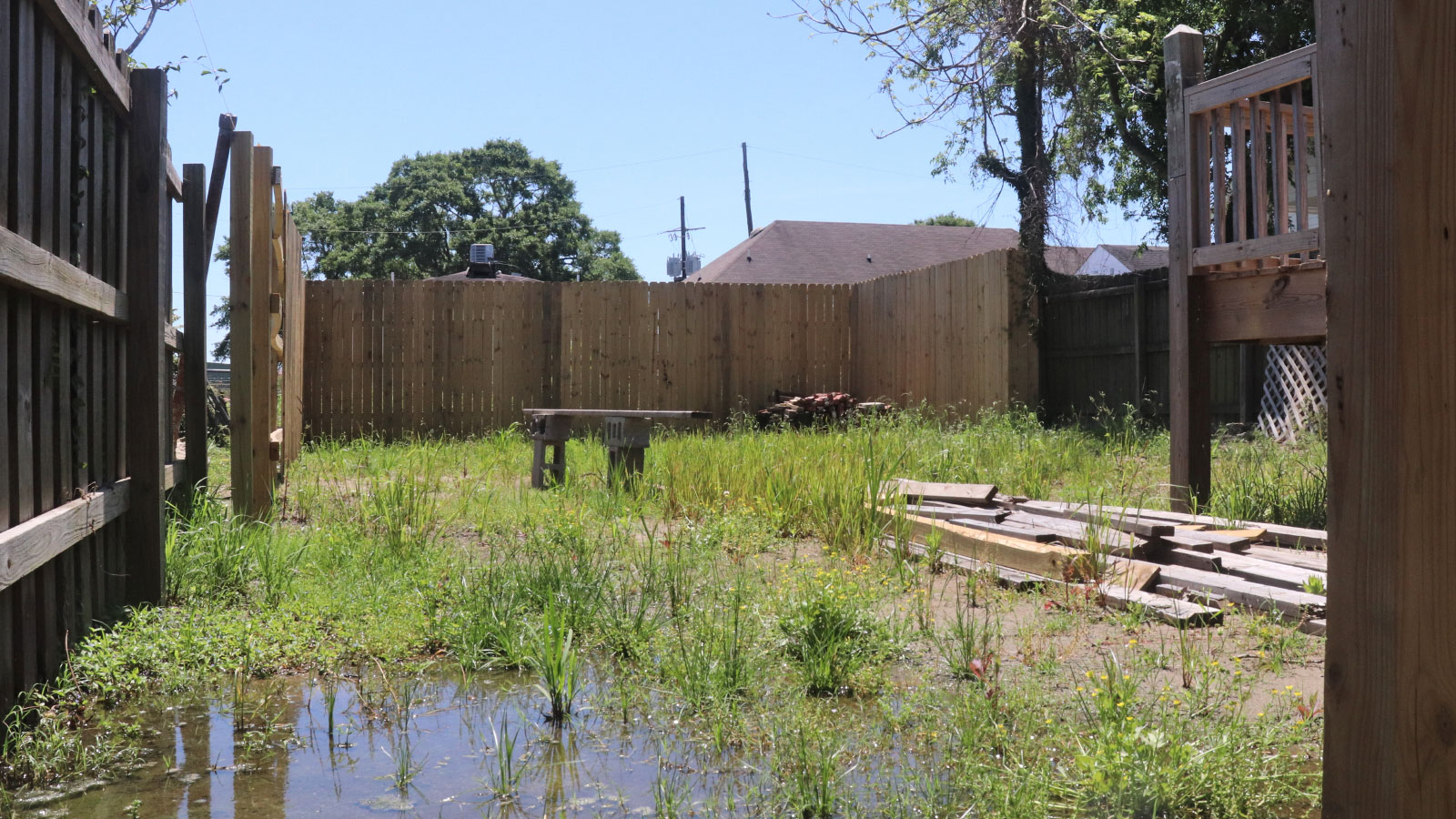


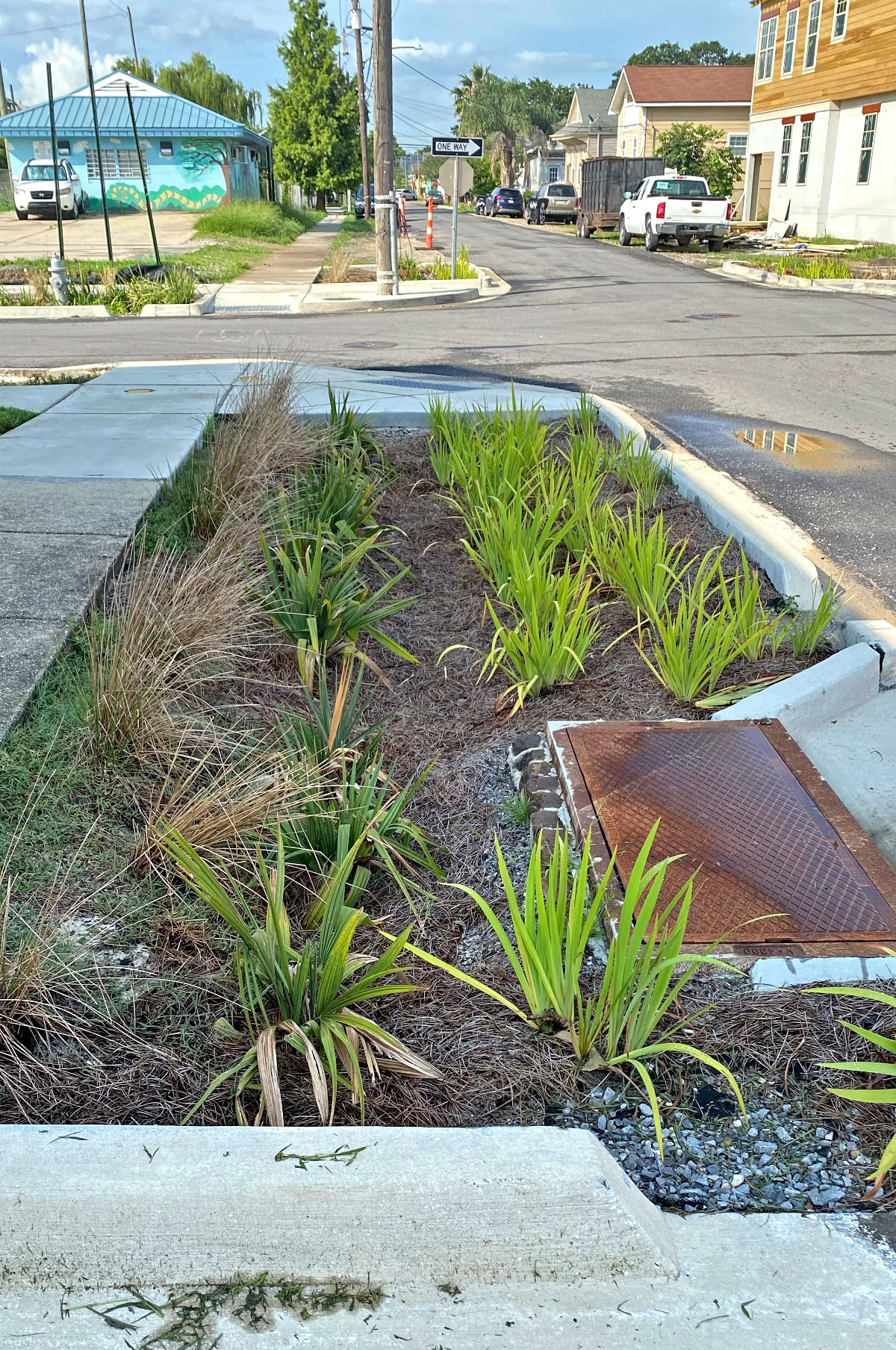
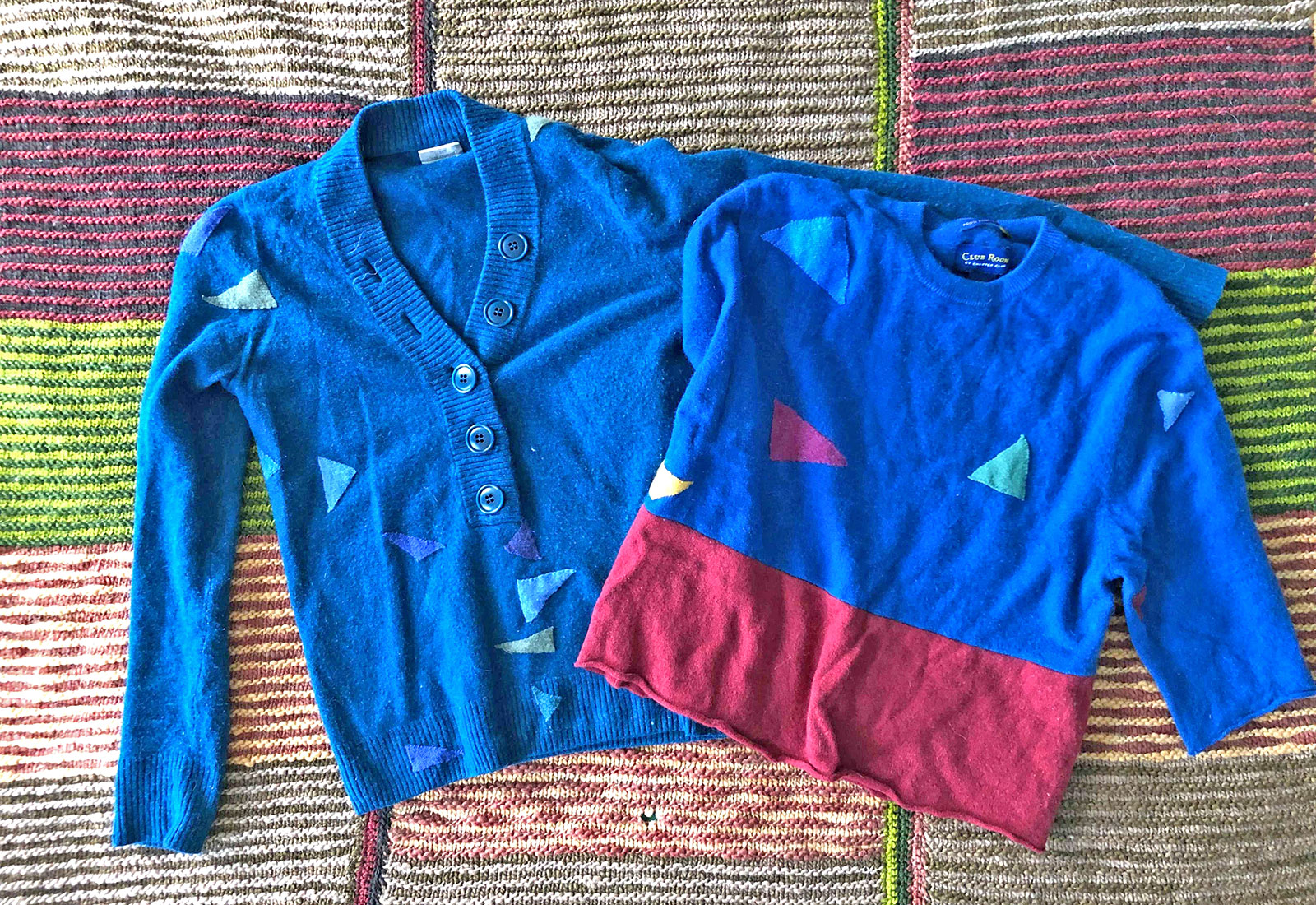

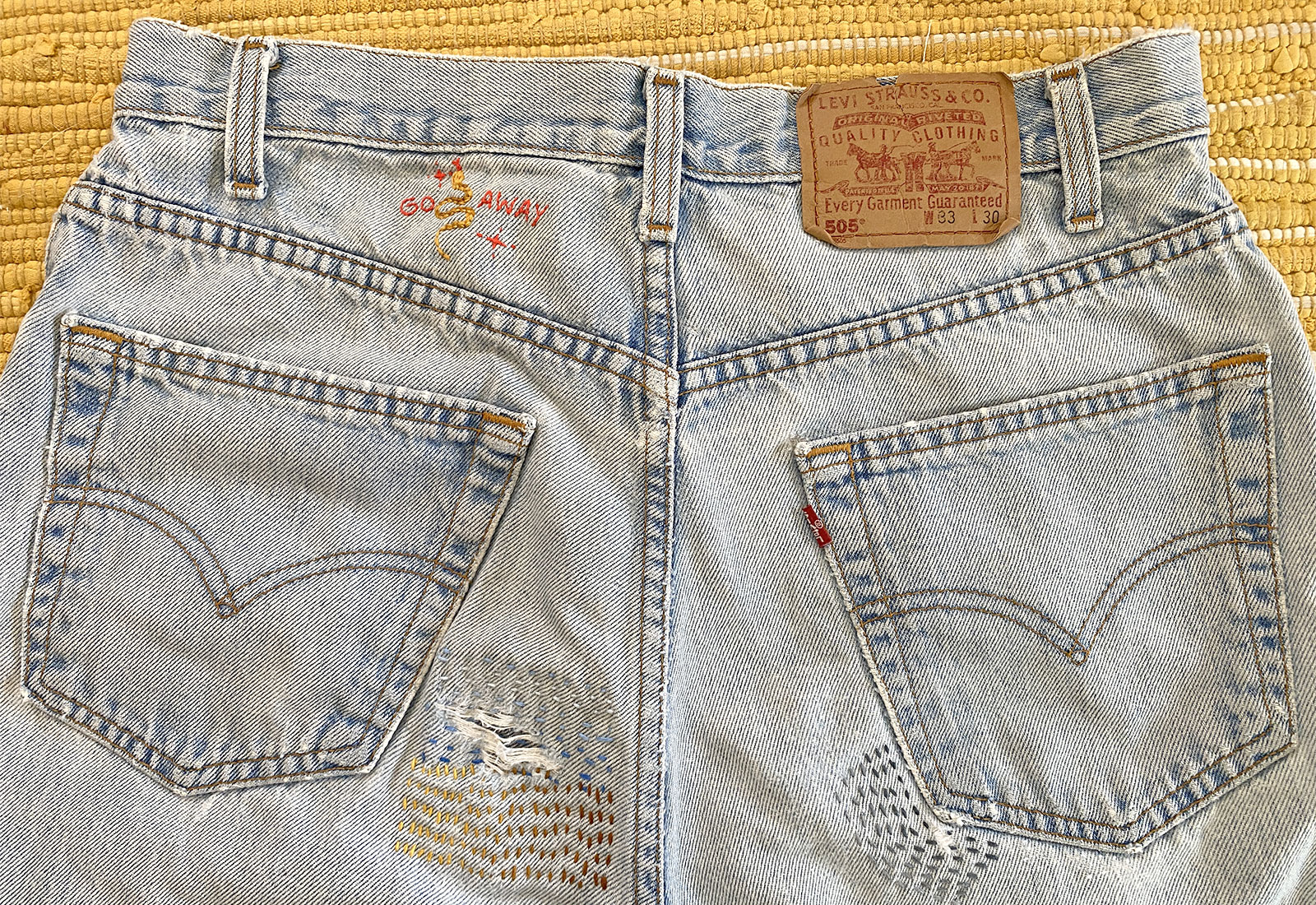

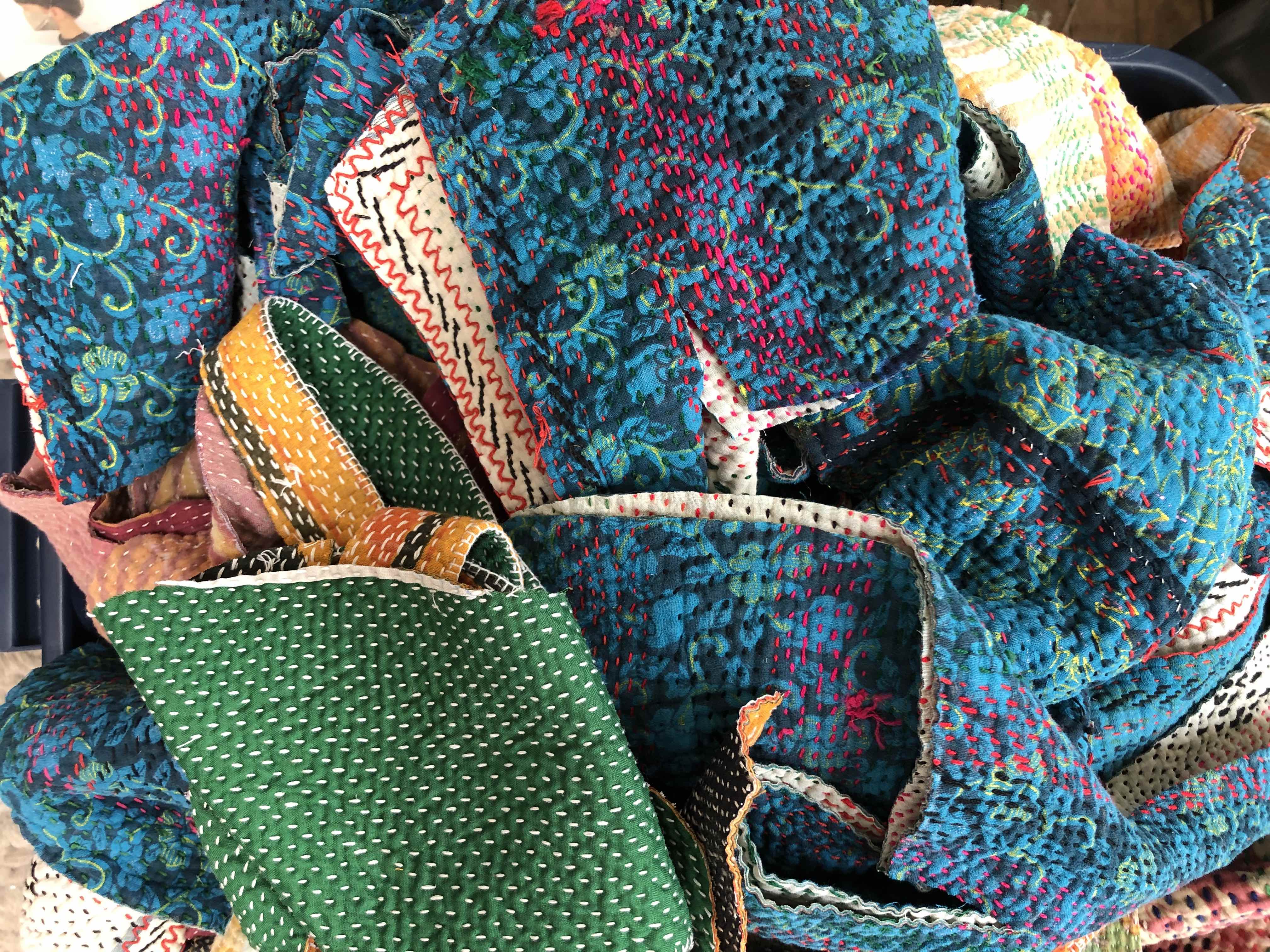

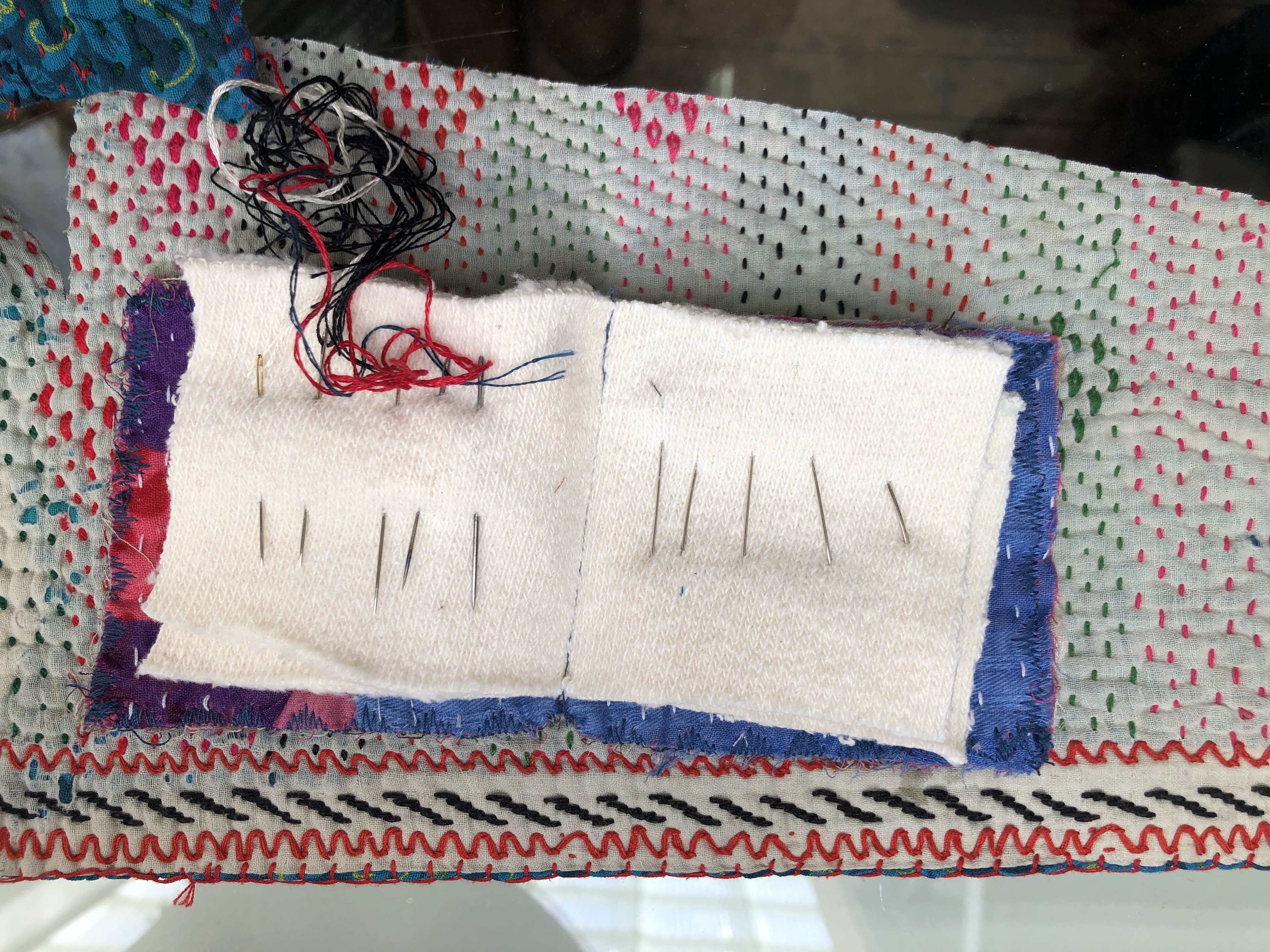
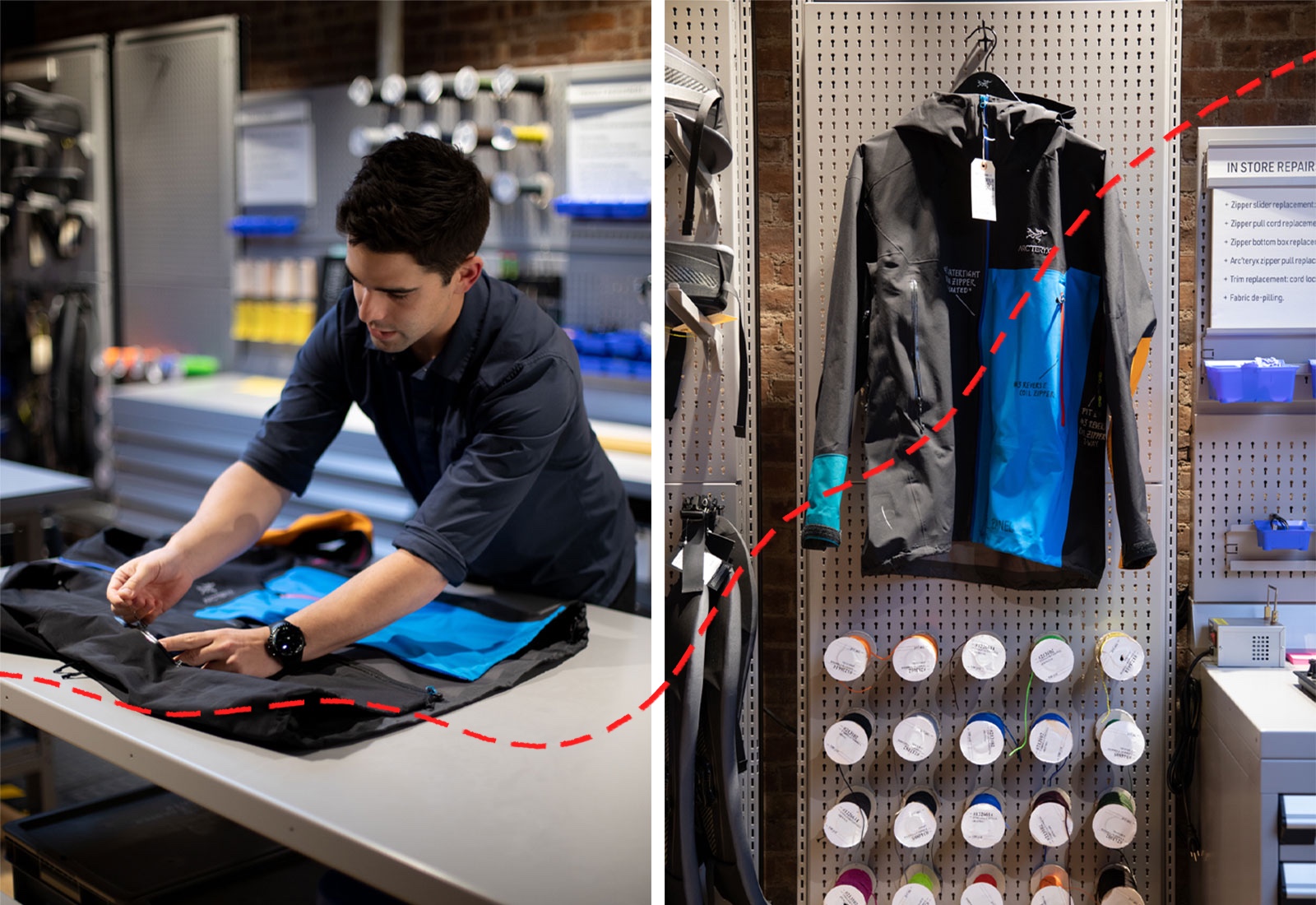

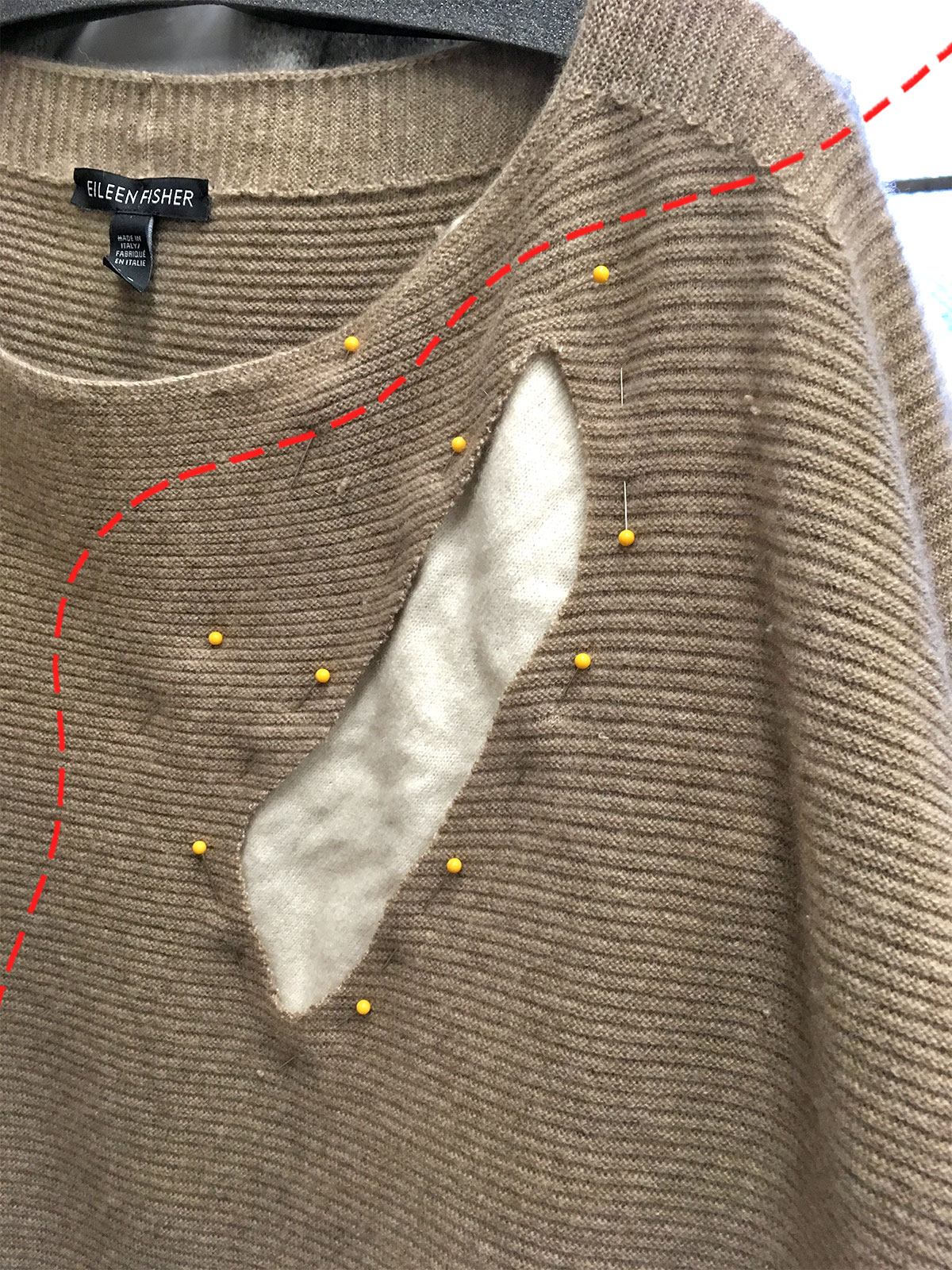

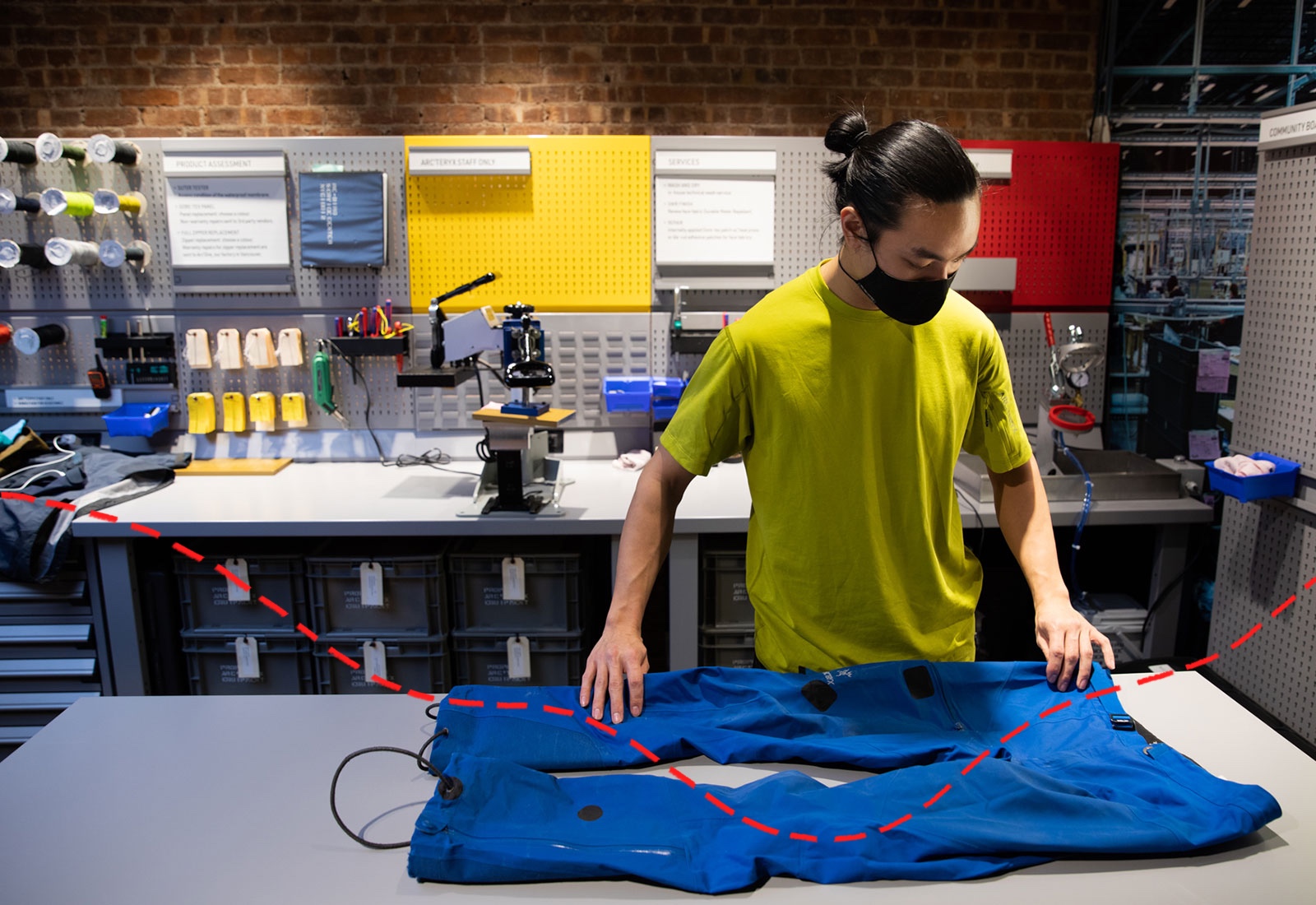
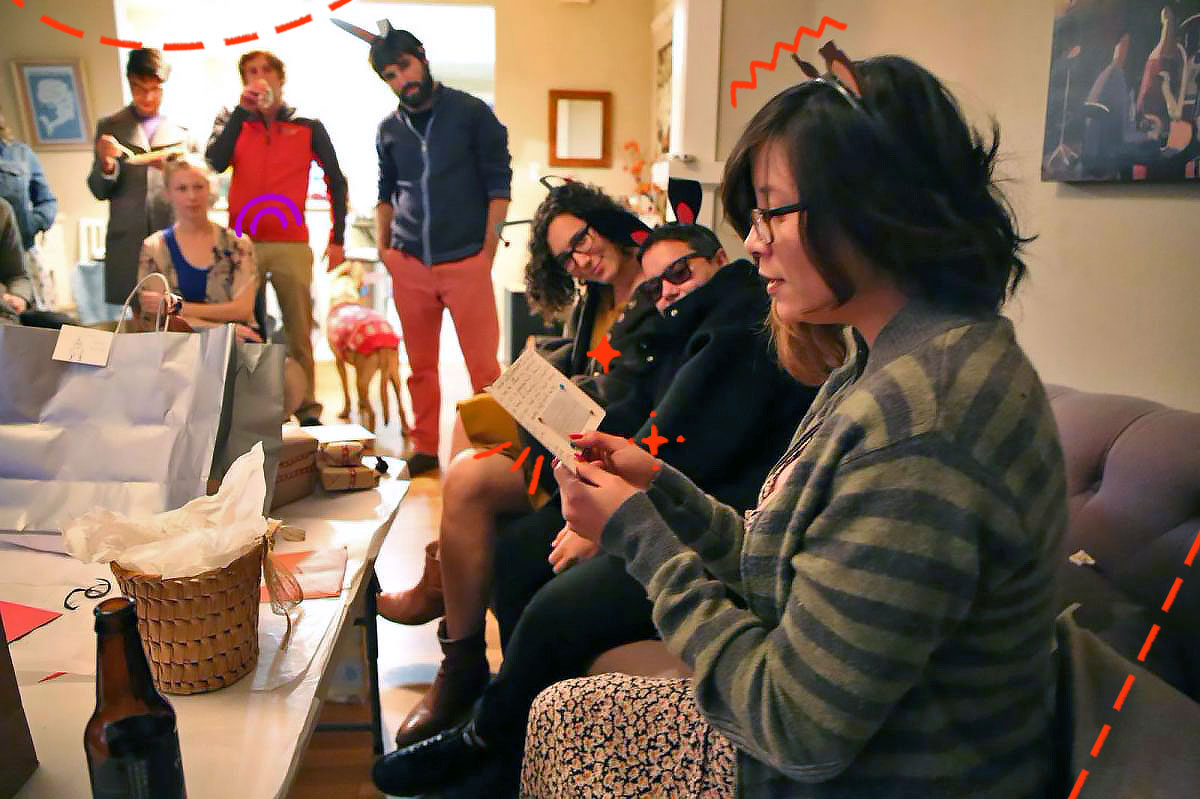
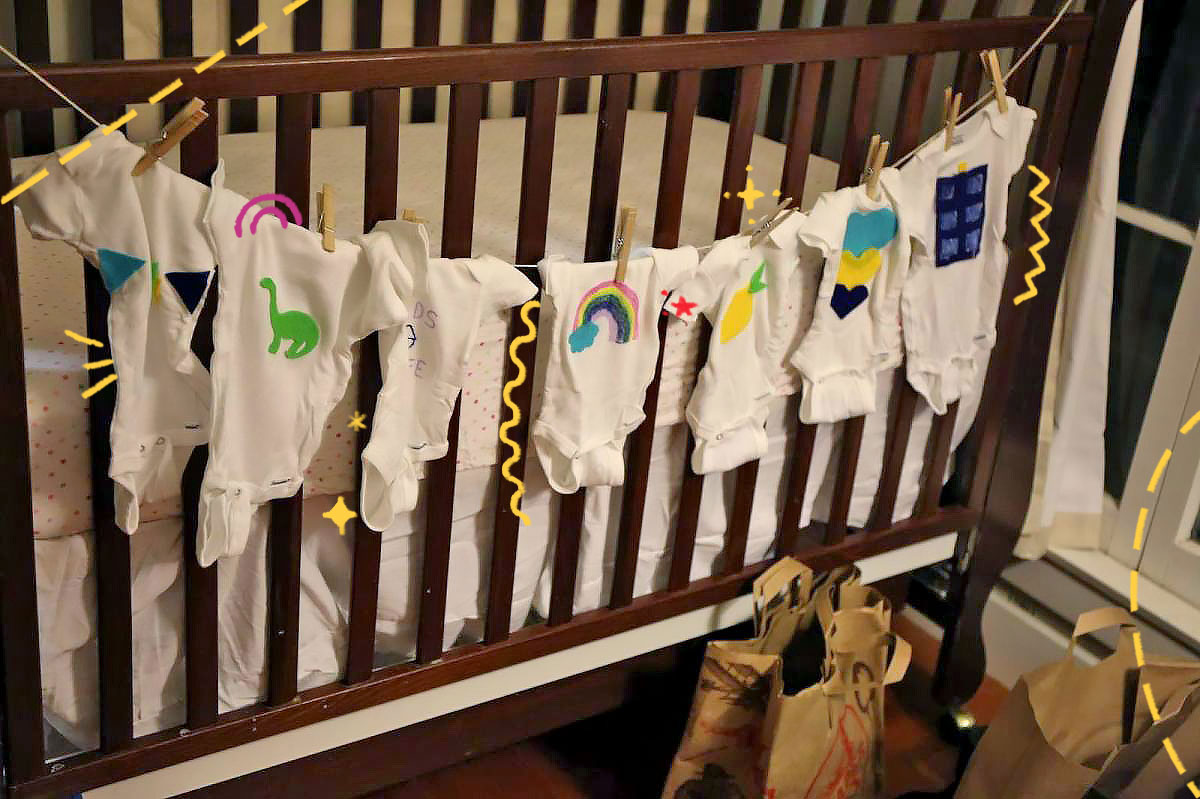





















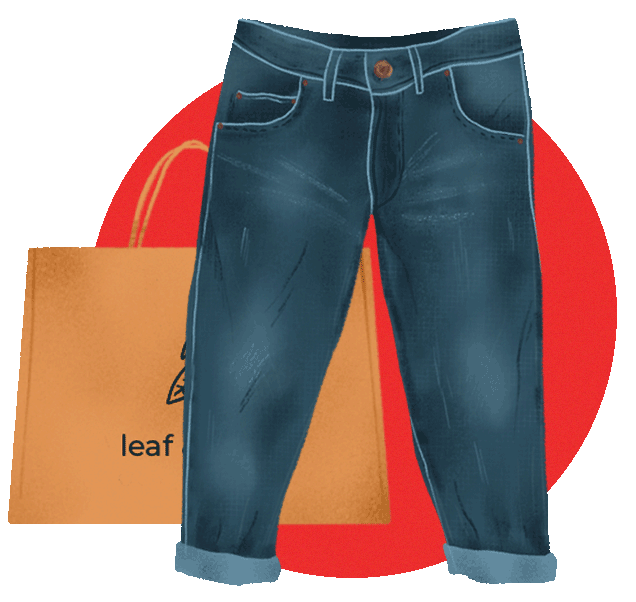


 The irony is that for all this professed love of leftovers, Thanksgiving is one of the biggest days of the year for wasting food. Americans toss around
The irony is that for all this professed love of leftovers, Thanksgiving is one of the biggest days of the year for wasting food. Americans toss around  Then refrigerators became a fixture in home kitchens starting in 1915, allowing families to store food for days with little change in appearance. Around the same time, people started to use the term left-overs to talk about food, Veit writes. It was also the beginnings of the cookbook genre that focused on what to do with your chilled food, with a refrigerator company commissioning the book Left-Over Foods and How to Use Them, published in 1910.
Then refrigerators became a fixture in home kitchens starting in 1915, allowing families to store food for days with little change in appearance. Around the same time, people started to use the term left-overs to talk about food, Veit writes. It was also the beginnings of the cookbook genre that focused on what to do with your chilled food, with a refrigerator company commissioning the book Left-Over Foods and How to Use Them, published in 1910. When microwaves started becoming commonplace in the late 1970s, Veit says, the technology enhanced the “zombie feeling” of leftovers — that the same lasagna can be revived over and over. “It gave this weird visual continuity between meals that just seemed maybe, even subconsciously, a little funny to people,” Veit said. And that’s assuming you get the leftovers onto a serving dish in the first place. It’s even less tempting to revive last week’s rice and beans when it’s squished into an old sour cream container and pushed to the back of your fridge.
When microwaves started becoming commonplace in the late 1970s, Veit says, the technology enhanced the “zombie feeling” of leftovers — that the same lasagna can be revived over and over. “It gave this weird visual continuity between meals that just seemed maybe, even subconsciously, a little funny to people,” Veit said. And that’s assuming you get the leftovers onto a serving dish in the first place. It’s even less tempting to revive last week’s rice and beans when it’s squished into an old sour cream container and pushed to the back of your fridge. The truth is, many foods are actually more delicious after spending time in the fridge. Though the macaroni in your minestrone will go soggy and limp, the beautiful aromas that arise when you saute onions, garlic, and spices keep working their magic during storage as chemical reactions “smooth and blunt out the individual taste and aromas of the ingredients into a tapestry-like continuous spread,” Shelke said.
The truth is, many foods are actually more delicious after spending time in the fridge. Though the macaroni in your minestrone will go soggy and limp, the beautiful aromas that arise when you saute onions, garlic, and spices keep working their magic during storage as chemical reactions “smooth and blunt out the individual taste and aromas of the ingredients into a tapestry-like continuous spread,” Shelke said.
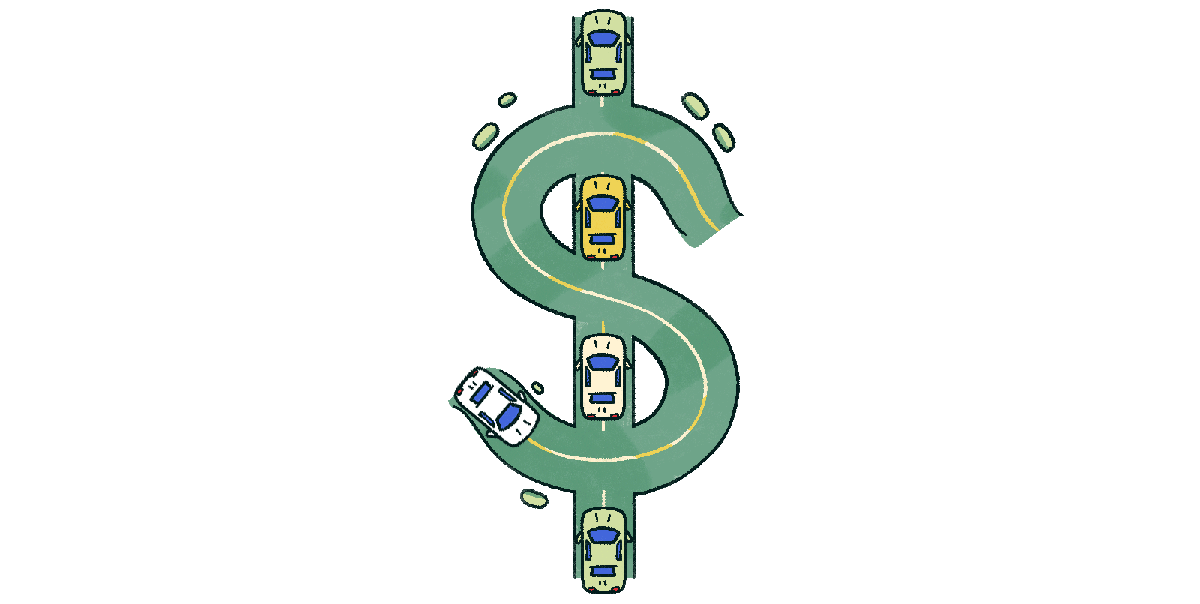

 When did you first realize that social media was one big shopping app? That its quiet goal — besides to fill every spare minute of your waking life — was to showcase items and brands you never thought you needed, but somehow feel inclined to buy? These apps are designed to ensure that we are perpetually engaged in
When did you first realize that social media was one big shopping app? That its quiet goal — besides to fill every spare minute of your waking life — was to showcase items and brands you never thought you needed, but somehow feel inclined to buy? These apps are designed to ensure that we are perpetually engaged in 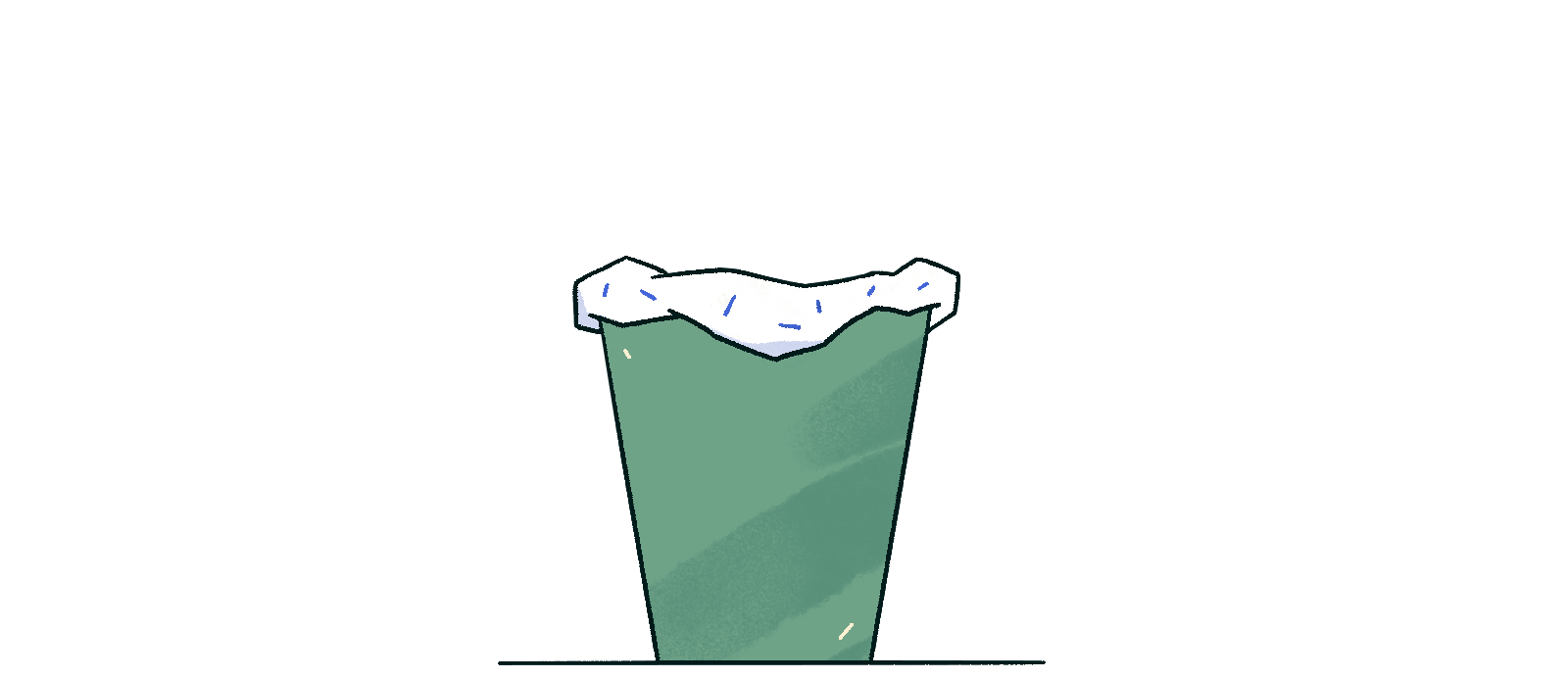 As the holiday shopping season ramps up, millions of Americans are no doubt considering purchasing a new phone, computer, or gaming console for themselves or a loved one. But this year, many of those high tech gifts are
As the holiday shopping season ramps up, millions of Americans are no doubt considering purchasing a new phone, computer, or gaming console for themselves or a loved one. But this year, many of those high tech gifts are 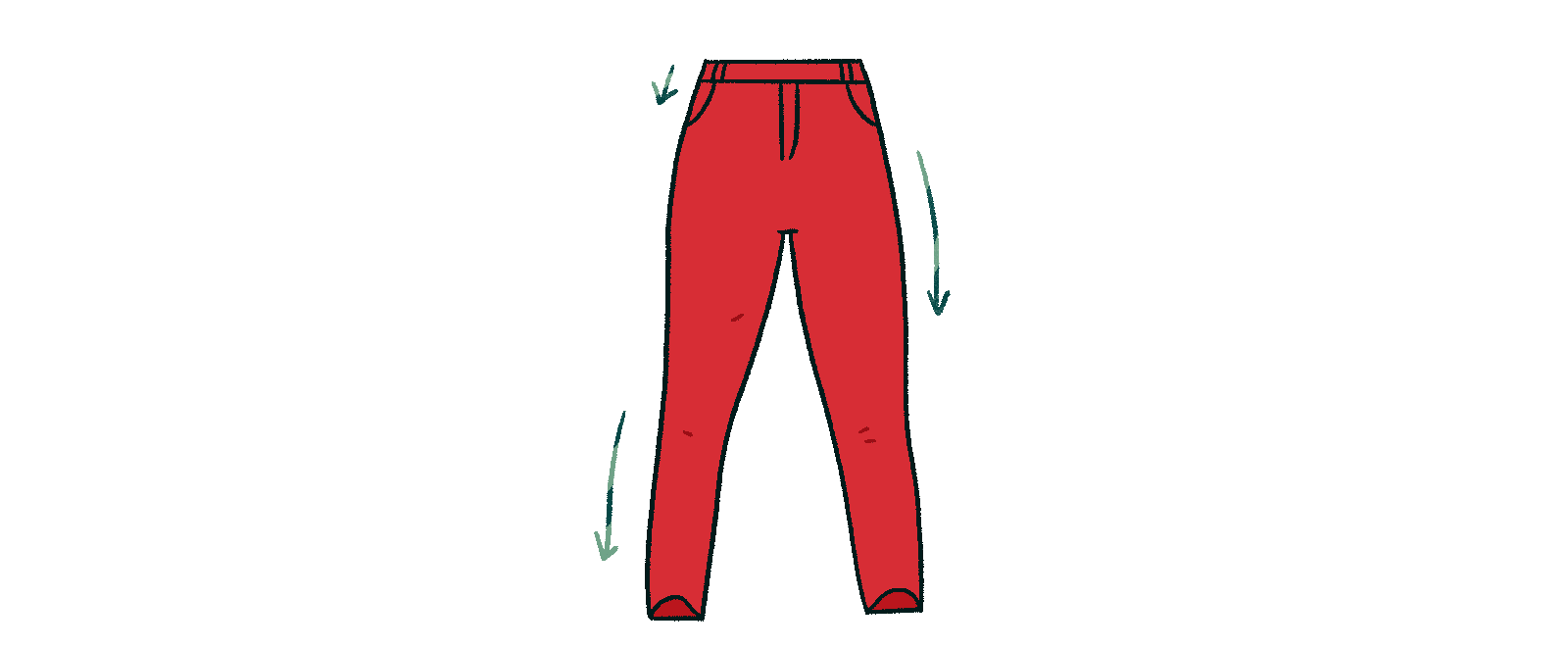 This holiday season is going to be unlike any in recent memory for fashion retailers. The price of cotton is 18 percent higher than it was last year. Ocean freight costs have increased by
This holiday season is going to be unlike any in recent memory for fashion retailers. The price of cotton is 18 percent higher than it was last year. Ocean freight costs have increased by 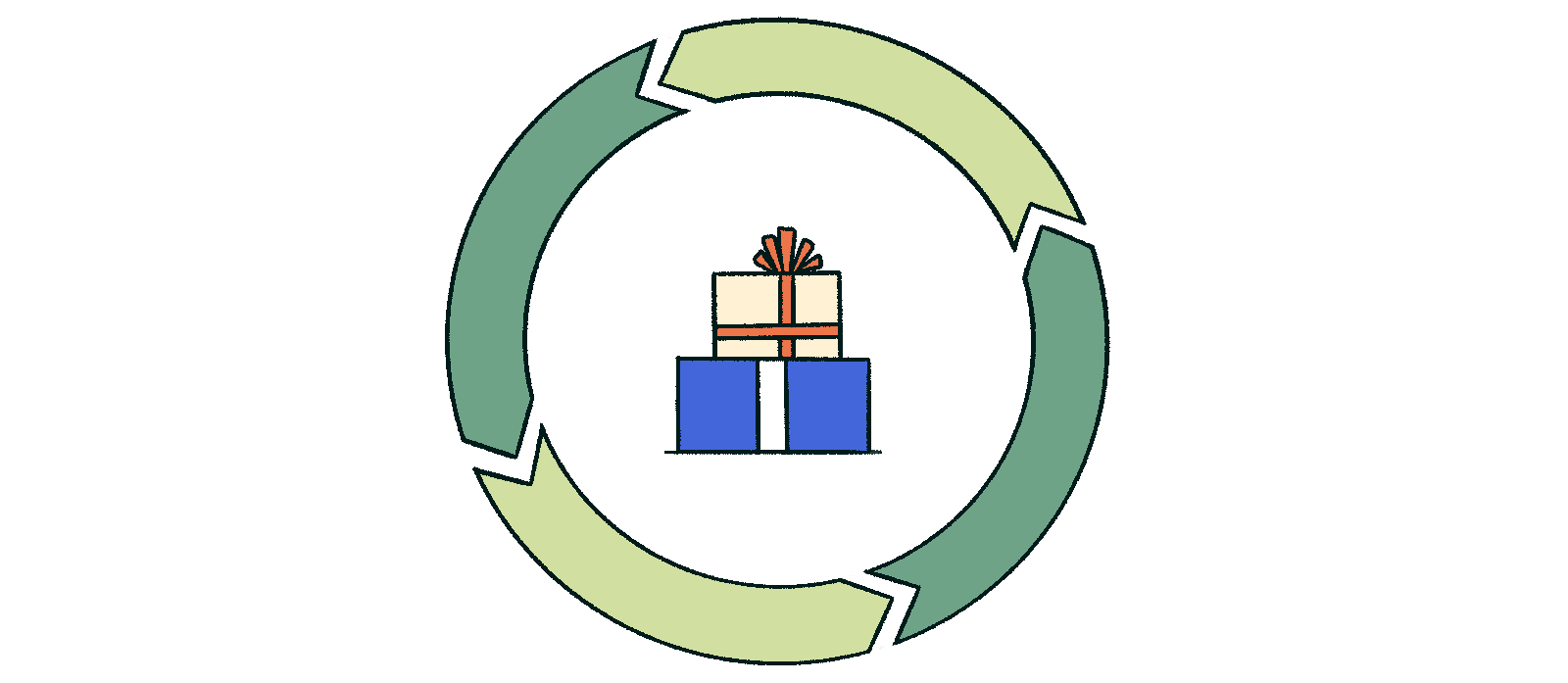 After 20 months of pandemic-driven supply chain chaos, you might think people would consider simply ordering less stuff. But consumption and production don’t appear to be dropping quickly.
After 20 months of pandemic-driven supply chain chaos, you might think people would consider simply ordering less stuff. But consumption and production don’t appear to be dropping quickly. 


